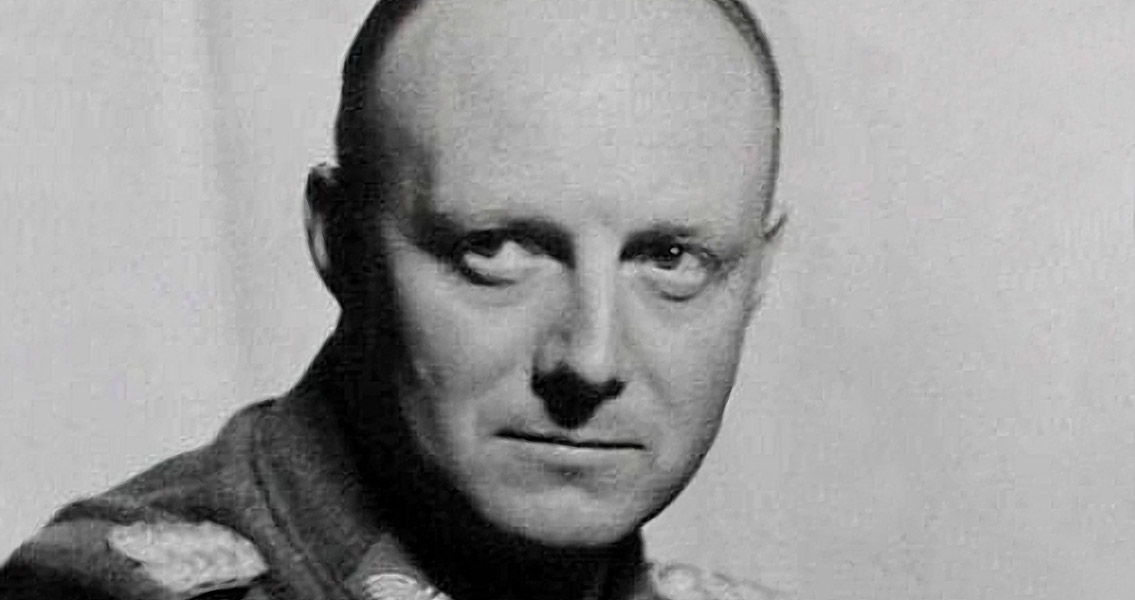<![CDATA[Had it been successful, it would have dramatically changed the course of history. On 20th March, 1943, a plot to assassinate Adolf Hitler at the Zeughaus Museum in Berlin fell just two minutes short of achieving its target. The Fuhrer survived, either by luck or poor planning, and continued to lead the Nazi regime until his suicide in 1945. The would be assassin was Colonel Freiherr von Gersdorff, an officer in the German Army. The occasion was a visit by Hitler to the Zeughaus Museum to attend an exhibition of captured Soviet flags and other memorabilia. Gersdorff arrived at the museum and attempted to find a suitable location to plant the explosives. He soon realised that security was too tight, and made the bold decision to act as a suicide bomber. Gersdorff placed two bombs in his pockets, and armed ten minute long fuses on each. The impromptu suicide bomber stuck close to Hitler as he made his way around the displays, hoping to take both of them out when the bombs detonated in his pockets. After eight minutes, Hitler decided to leave the exhibition, making a swift exit from the museum. No one knows why Hitler chose to leave so early, but it saved his life. Rushing to the museum's toilets, Gersdorff quickly defused the bombs with seconds to spare. The assassination attempt had been thwarted by the fuses being too long, and by Hitler's unpredictable actions. Gersdorff's suicide bomb was far from the only attempt on Hitler's life, it wasn't even the first attempt by that particular cell of conspirators. Gersdorff was part of a resistance network organised by Major General Henning von Tresckow, a military officer in the German Army's High Command. Having served for the German military since the First World War, von Tresckow had become disillusioned at the direction Germany was heading under the Third Reich. Since 1942 he had tried to recruit other senior officers in the German military to his cause, namely, the assassination of Hitler and a coup to install a new government. Several high ranking army officers had rejected von Tresckow's advances, but they didn't report him to the Gestapo, a fact which suggests they had some sympathy with his cause. On 14th March 1943, von Tresckow had launched possibly his most audacious attempt to kill Hitler. The Fuhrer had gone to the port of Smolensk to inspect German forces fighting on the Eastern Front. Before Hitler boarded his plane for the trip back to Germany, von Tresckow asked a member of the Fuhrer's entourage to take a parcel to Berlin for him, a box he claimed contained two bottles of brandy. In fact, the parcel was filled with explosives set to a thirty minute fuse. In Berlin, von Tresckow's co-conspirators were ready to seize control of the German High Command once the news of Hitler's death came through. It never did, the bombs inexplicably failing to detonate. Fabian von Schlabrendorff, von Tresckow's assistant, quickly headed for Berlin to get to the parcel before it could be inspected and the whole resistance group uncovered. Meeting the member of Hitler's entourage, von Schlabrendorff exchanged the packages and found the fuses had been defective. In July 1944, with the D-Day landings seeming to signal it being a matter of if, not when, the Allies would be victorious, von Tresckow was involved in organising yet another attempt at killing Hitler. Disgruntled army officer Claus von Stauffenberg attended a meeting of Hitler and other Nazi officials, carrying a suitcase full of explosives. von Stauffenberg left the case as close to Hitler as possible, and then left the room to make a phone call. The bomb went off, the room was almost completely destroyed and four officials were killed, yet Hitler was left relatively unscathed, suffering only minor injuries. An assistant had moved the suitcase further from Hitler minutes before its detonation, shielding him from the worst of the blast. When von Tresckow heard the July Plot had failed, he drove to the Eastern Front and killed himself with a grenade. His fellow conspirators were all swiftly rounded up and executed, bringing to an end the dissident movement within the German ranks. There were of course other attempts on Hitler's life, with several occurring before he had even taken control in Germany, but those associated with von Tresckow were unique in being part of a bigger attempt at a coup. Ultimately however, the Fuhrer survived them all, his death only coming after the Soviet Army had fought their way to Berlin and started their approach towards his bunker. ]]>
Hitler Narrowly Escapes Suicide Bomber
